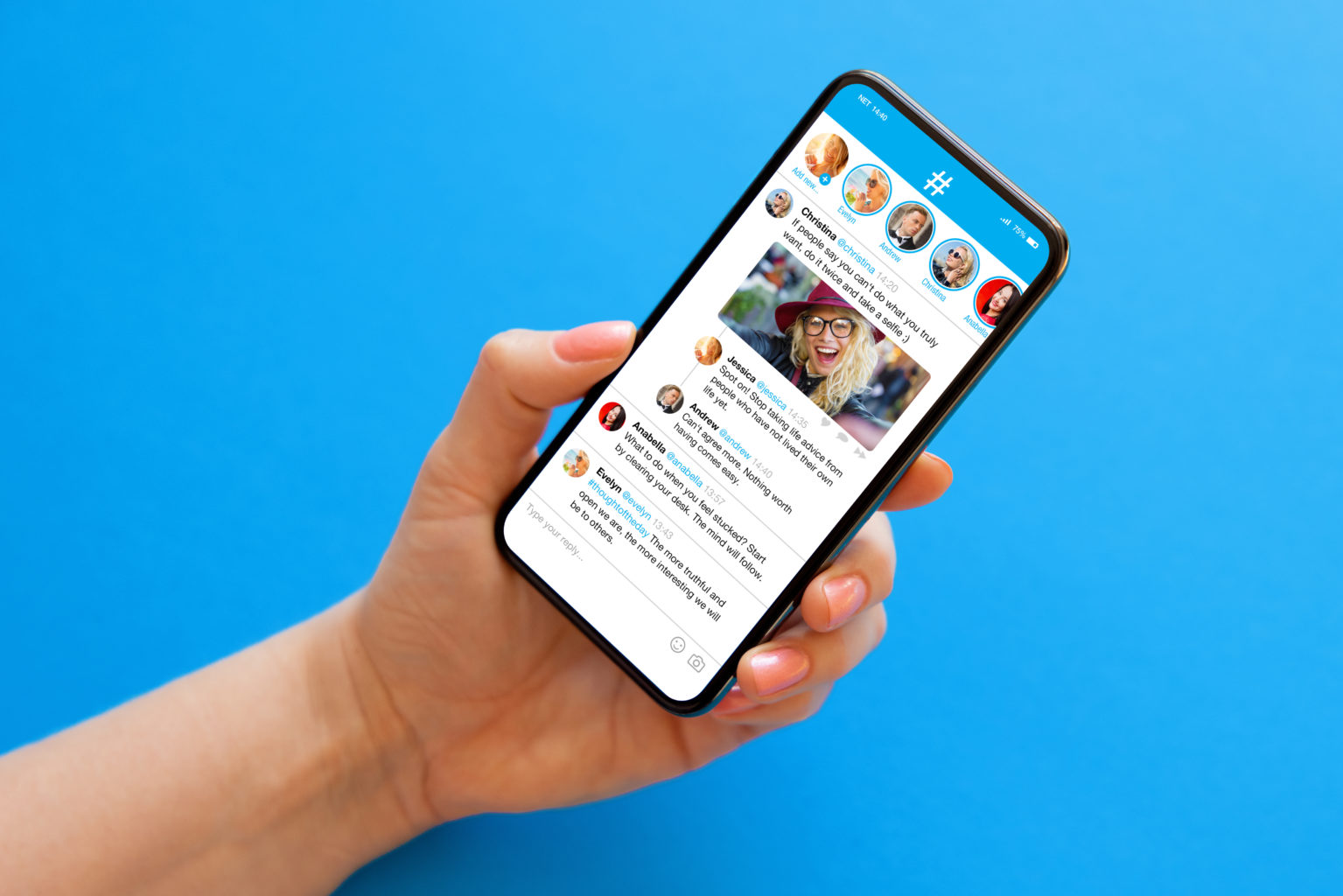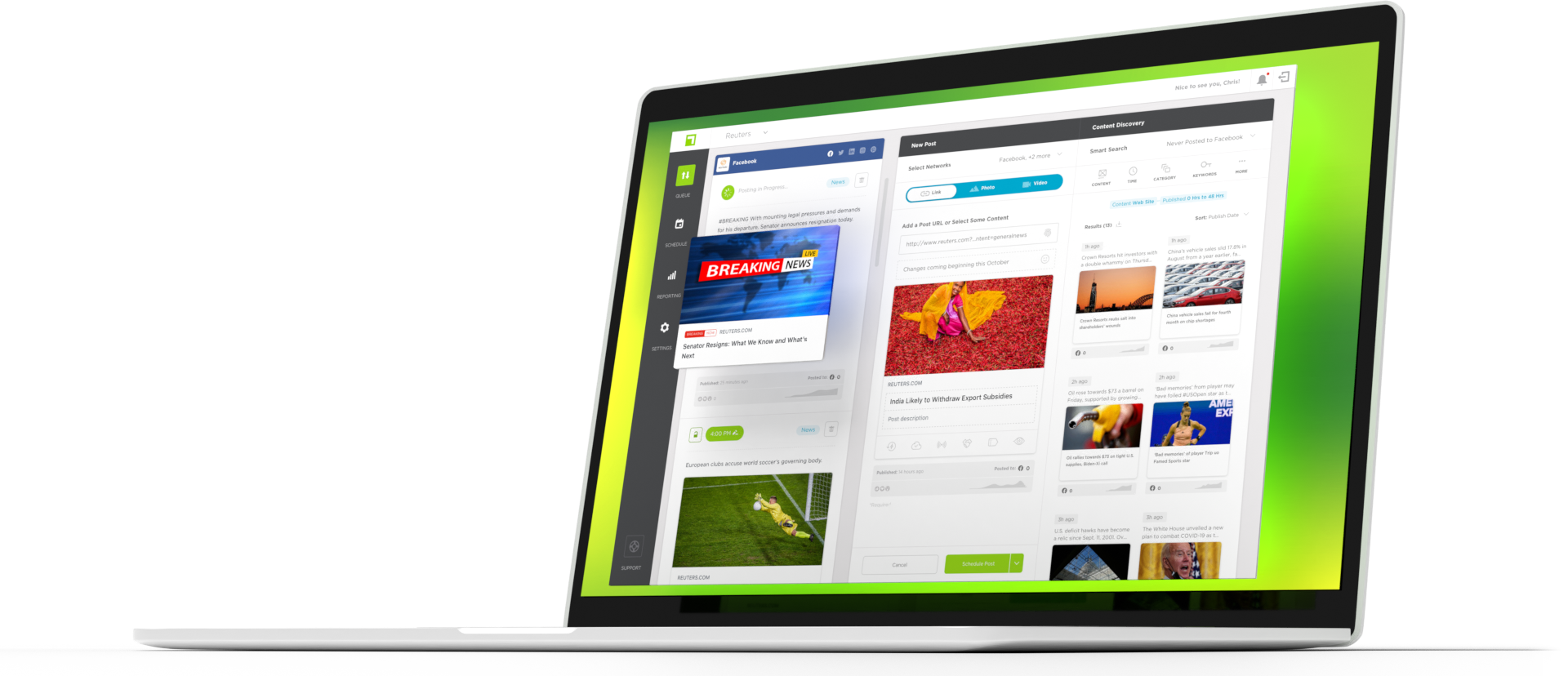Twitter is fast-moving, and the instantaneous, concise nature of the platform has lent itself to news distribution since its inception. The platform allows for rapid publication and constant updates, meaning that Twitter for news has always been a natural fit.
It does, however, come with downsides.
Let’s explore the platform’s strengths, weaknesses, and opportunities for news publishers.
The Appeal
It has traditionally been home to journalists, producers, commentators, radio, and television personalities, making it a popular place to get reactions, quotes, and breaking news.
Twitter thrives on dialogue, and the conversational structure gives the audience direct access to anchors, hosts, and other newsmakers. This can help with branding and audience engagement, helping them become invested in the personalities associated with your brand.
Additionally, the speed of the feed can make up-to-the-minute reporting easy. On-the-scene reporting thrives on the platform, allowing videos, images, and text reports as news breaks.
The Obstacles
The most significant obstacle to consuming and distributing news on Twitter is disinformation. Twitter for news is accessible to everyone and relies on speed. The rush to be first can cause mistakes, misunderstandings, and a quick spread of false information.
The flip side is that you’re late to the game if you take too long to verify your information and get statements. It’s hard to gain traction on a story someone else ran two hours ago — every minute matters on social media.
The platform can also open public figures to a lot of welcome and unwelcome feedback. You have a built-in audience of fact-checkers who want to find every inaccuracy, which can make stories stronger and also be embarrassing if you’re wrong. Additionally, the direct communication and the platform’s anonymity allow for abusive language and trolling.
How do you do Twitter for news?
Let’s break this down into two areas: First, best practices. News Twitter can vary depending on your audience and your niche, but here are some good guidelines:
- Stay consistent. It’s really, really hard to tweet too much.
- Be authentic. People want insight into your brand. They want quirks, humor, and wit. You will be ignored if you read like an RSS feed of headlines.
- Engage. Twitter is a conversation. Yes, this takes resources.
- Don’t hide behind a brand. Twitter is most valuable when audiences connect to individuals. These relationships don’t mean your brand should not be present, but when your anchors, reporters, meteorologists, and others are out there with your brand attached to their names, you’re casting a much wider net.
Twitter offers a lot of insight into the platform’s available tools. To recap:
- Live Tweet. This means covering events in real-time and offering commentary and updates. You can share bits of trivia, fact-checks, and more. Debates, election night, and other events are great opportunities for this.
- Use relevant hashtags. Only 1-3, though. Please don’t overdo it.
- Go live. Self-explanatory, but some ideas would be a Q&A with an expert, a deep dive into a current event, or live event coverage.
- Thread your Tweets. This is similar to a gallery or carousel on Instagram.
- Build lists. Lists are a great way to organize what you see and help your readers follow you and your colleagues. Think of lists as a resource for your audience. You can encourage them to follow your team for commentary, analysis, and ongoing updates.
- Create polls. These are great for quick feedback and gauging reader sentiment on issues. Not perfect, obviously, but a good tool that helps your audience feel heard.
Sign up for our newsletter to get tips, tricks, social media news, best practices and guidelines to build the best social media strategy.

